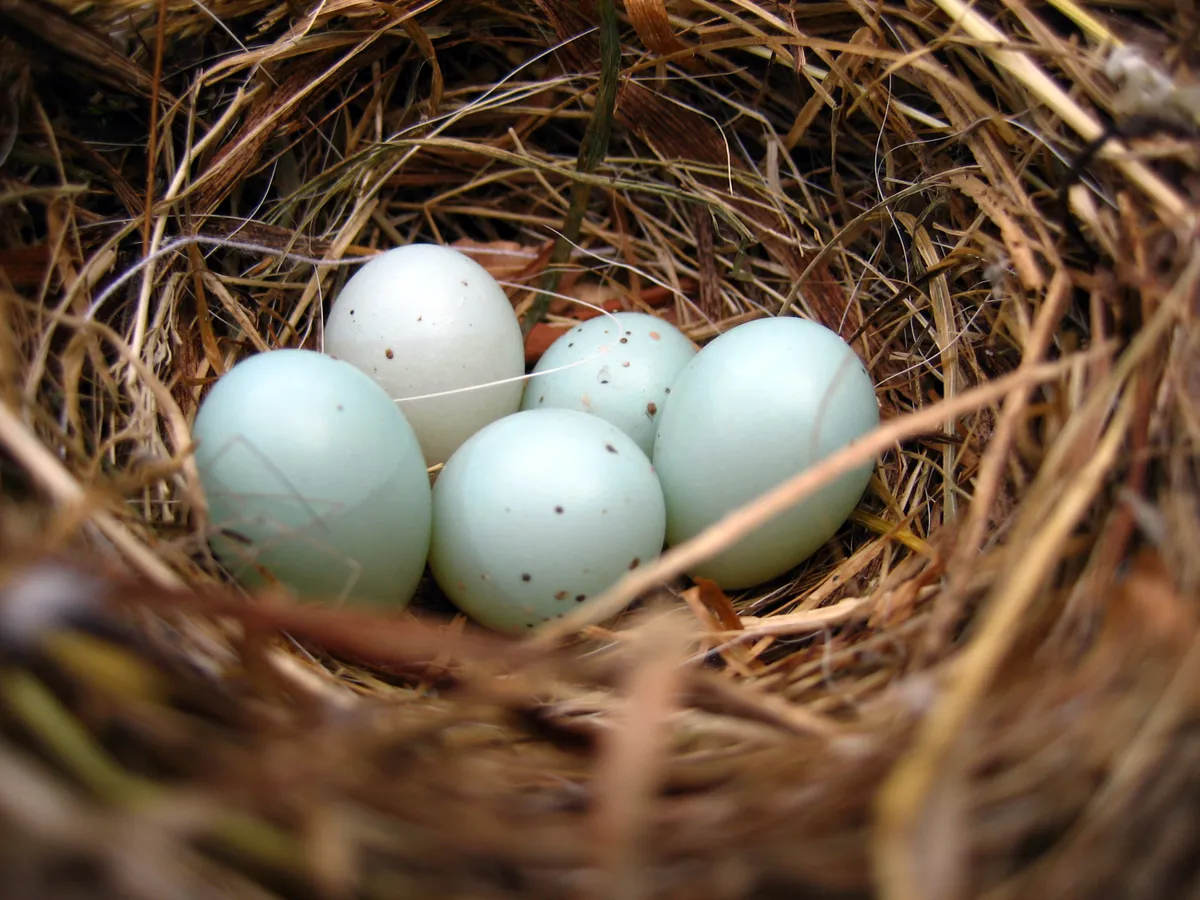“Be thou like the dunnock – the male and female are impeccably faithful to each other”, the keen Victorian ornithologist and author Reverend Frederick Morris proclaimed in his popular bird book.
The dedicated nesting behaviour of the “humble and homely” hedge sparrow (Prunella modularis) may appear to be the very picture of monogamy. But looks can be deceiving. Nick Davies, a Cambridge ecologist who’s studied these modest birds (and cuckoos) for many years, claims their conjugal set up would, if emulated, cause “chaos in the parish”.
The alpha male tries to monopolise the female’s company and keep her as his exclusive sexual partner. But the female has other ideas and will solicit copulations with the beta male also.
Ménage à trois
Female dunnocks frequently take not one, but two ‘husbands’ and have been documented copulating over 250 times with both in order to start a family. Such profligacy, though rare among birds, is all in the name of good motherhood: it is the female dunnock’s way of securing the best genes and resources for her offspring.
In early spring the female chooses a nesting territory that’s low down in the dense vegetation. She defends against other females the same way a male would, by singing. This might also seem somewhat irregular, but we now understand that 71 per cent of female songbirds sing. It is especially common in species that have year-round territories to protect, like those in the tropics. Singing is likely the ancestral trait of all female songbirds – it’s just that many British species have lost the need.
Dancing to her tune
The female dunnock also sings to attract males, which will go on to guard her territory with her. She uses a different song to do this and doesn’t always stop at one male. If her territory is big then she may choose two male guards. These will squabble amongst each other to establish a pecking order. The alpha male tries to monopolise the female’s company and keep her as his exclusive sexual partner. But the female has other ideas and will solicit copulations with the beta male also.
#BirdSongBasics – Dunnock and Wren © BTOvideo
By mating with multiple males she confuses paternity. So both males wind up diligently feeding chicks that may, or may not, be theirs. Research has shown that the males actually calibrate the number of mouthfuls of food they bring in accordance with how often they managed to copulate during the female’s fertile period. DNA fingerprinting has revealed that dunnock females were often, but not always, accurate in their paternity ‘assessments’.

Good genes
She also increases the genetic diversity of her offspring – why put all your eggs in one basket when you can have two, or more for that matter? Davies has found that some females take on three males, whereas some settle for just one. In some cases males may guard and mate several females, whom they may also share with multiple males. Dunnock sexual behaviour is a flexible affair that’s driven by the environment, as opposed to the vain dreams of religious ornithologists.
Main image: Illustration by Holly Exley